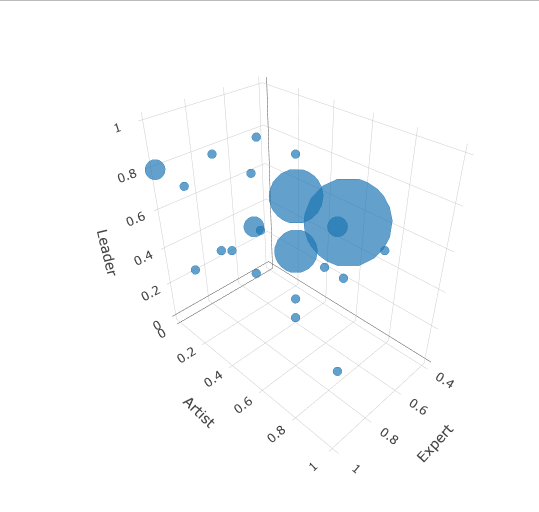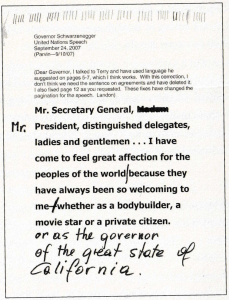Every year I am doing a simple feedback collection exercise. I am sending an email to people, with whom I interacted during the year, and ask to tell story or two of our interactions. I also ask a couple of simple questions questions about these stories–“What Mihail could do different to make results of this story better?” and “How would you describe the role Mihail played? Expert, Artist, Leader?”. I find this feedback extremely valuable, helping to get external view. Three takeaways from this year exercise:
- Slow down for better results. Recurrent topic in what I could do better next time is spending more time on explaining and showcasing the things. It seems I have a tendency to jump forward too fast. I decided to adopt for 2024 the mantra “Slow is Smooth, Smooth is Fast”, borrowed from the Navy SEALs
- Working prototype is better than an idea. I felt it and feedback confirmed it–on many occasions, sharing an idea of a product is a tough sell, while showing a working prototype–crude as it is, but showing all important functions–seals the deal. I decided to shift my working practices towards prototypes and cycles of revision
- External perception of my roles (Expert + Artist + Leader) very differently from my view. This is an a very thought provoking observation, requiring more attention. I decided to track my roles during the year to get more insights.

Feedback is a gift. It could be different, reflecting diversity of people and their relationships with you; it’s up to you how to use it; and it is precious, because people thought about you and took the time and effort to present it to you. So, accept it, thank for it, and make the best use of it.


